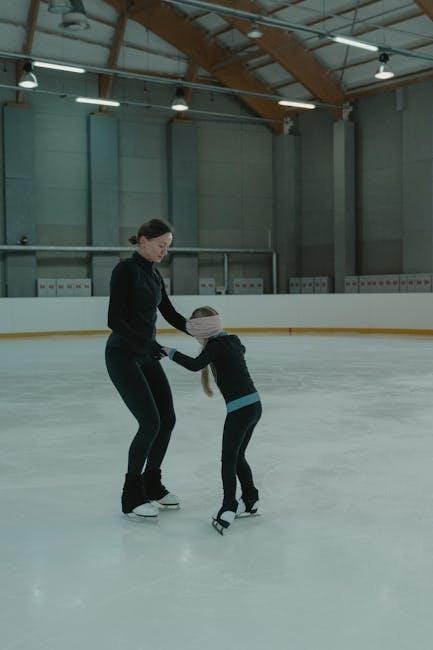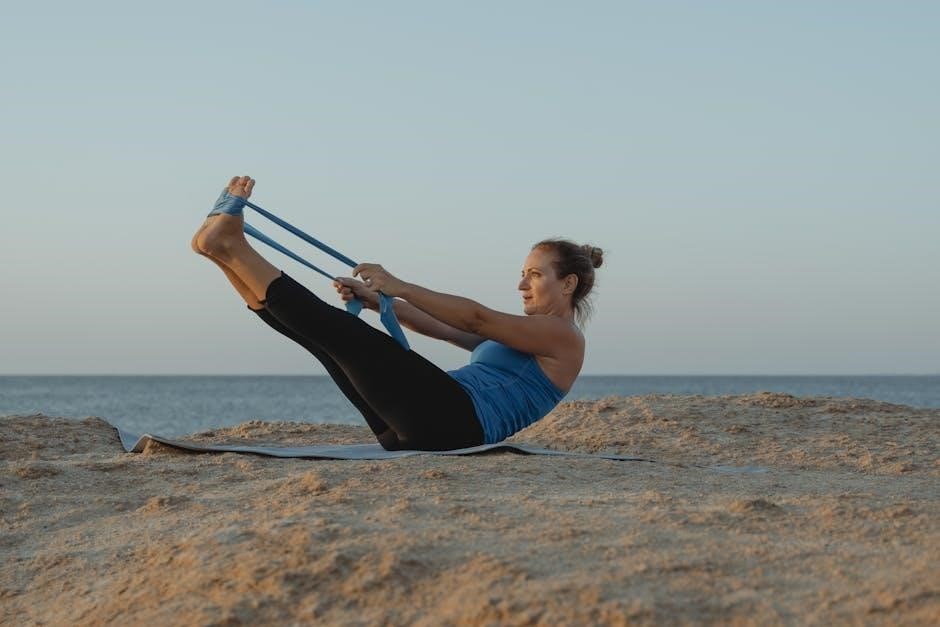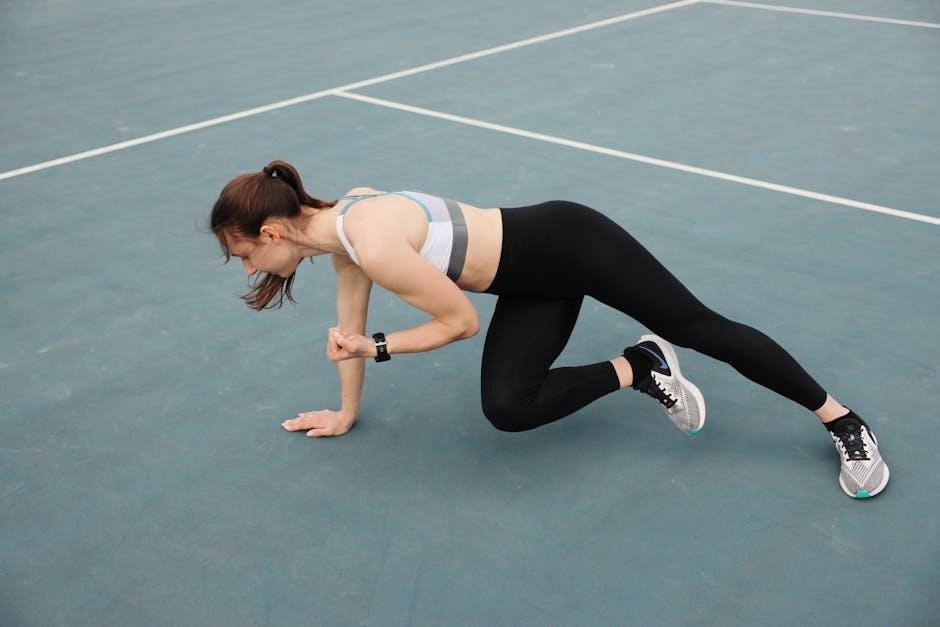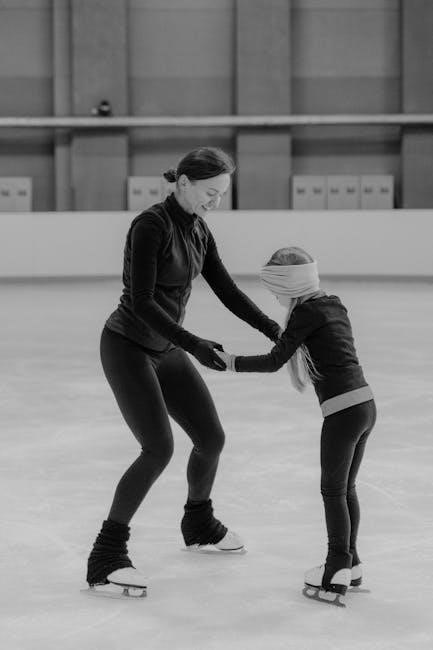
Exercises for De Quervains are designed to slowly increase movement and strength, start with isometric exercises several times a day, and gradually build up for best results always online.
Overview of De Quervains Tenosynovitis
De Quervains tenosynovitis is a condition that affects the tendon sheath located at the thumb side of the wrist, causing pain and inflammation. The tendon sheath becomes thickened and swollen, reducing the ability to move the thumb and wrist. This condition is often caused by repetitive movements or activities that put strain on the wrist and thumb. The symptoms of De Quervains tenosynovitis include pain and tenderness on the thumb side of the wrist, swelling, and limited mobility. It is essential to understand the causes and symptoms of this condition to develop an effective treatment plan. By understanding the condition, individuals can take steps to reduce their symptoms and prevent further inflammation. De Quervains tenosynovitis can be treated with exercises, and it is crucial to follow a proper exercise plan to achieve the best results and promote healing. Regular exercise can help alleviate symptoms.

Understanding De Quervains Disease
De Quervains disease affects tendon sheath causing pain and inflammation slowly online always.
Causes and Symptoms of De Quervains Tenosynovitis
De Quervains tenosynovitis is an inflammatory condition that affects the tendon sheath, causing pain and swelling at the thumb side of the wrist. The exact causes of De Quervains tenosynovitis are not fully understood, but it is thought to be related to repetitive strain or injury to the tendons. Symptoms of De Quervains tenosynovitis include pain and tenderness at the thumb side of the wrist, swelling and inflammation, and difficulty moving the thumb. The condition can be acute or chronic, and if left untreated, can lead to long-term damage to the tendons and surrounding tissues. A thorough understanding of the causes and symptoms of De Quervains tenosynovitis is essential for effective diagnosis and treatment, and can help individuals take steps to prevent the condition from occurring or recurring. This knowledge can also inform the development of exercise programs.
De Quervains Exercises for Rehabilitation
Exercises help rehabilitation by improving movement and reducing pain always with controlled movements online slowly.
Importance of Controlled Movement in De Quervains Exercises
Controlled movement is essential in De Quervains exercises as it helps to prevent further injury and promote healing. The exercises should be done slowly and gently, without bouncing or jerking, to allow the tendons to move smoothly and reduce inflammation. By using controlled movements, individuals can improve their range of motion and strengthen their muscles, which can help to reduce pain and discomfort. It is also important to listen to your body and stop if you experience any pain or discomfort, as this can be a sign that you are doing the exercises incorrectly or that you need to modify them. With controlled movement, individuals can get the most out of their De Quervains exercises and improve their overall recovery and rehabilitation. This will help to ensure a successful outcome and prevent future complications.

Isometric Exercises for De Quervains
Isometric exercises help strengthen muscles without moving joints, reducing pain and inflammation, and improving function and mobility always with slow movements online every day.
Gradually Building Up De Quervains Exercises
Gradually building up De Quervains exercises is crucial for effective rehabilitation, starting with gentle movements and progressing to more intense activities, allowing tendons to heal and strengthen over time, it is essential to listen to your body and only do what feels comfortable, if you experience any increase in pain or discomfort, stop the exercise immediately and consult your healthcare provider, a well-structured exercise plan can help you recover from De Quervains tenosynovitis and prevent future occurrences, by incorporating a combination of stretching, strengthening, and mobility exercises, you can improve your overall wrist and hand function, and reduce the risk of further injury, it is also important to maintain a consistent exercise routine and make adjustments as needed, to ensure optimal results and a successful recovery.

Precautions and Disclaimer for De Quervains Exercises
Exercises have risks, use caution, discontinue if pain occurs, and consult healthcare provider for proper guidance and assistance always online available.
Risks and Contraindications of De Quervains Exercises
There are risks associated with De Quervains exercises, including injury and worsening of symptoms. It is essential to use caution when performing exercises and to discontinue them if pain occurs. Certain individuals may be contraindicated from performing De Quervains exercises, such as those with severe tendon damage or inflammatory conditions. Healthcare providers should be consulted to determine the best course of treatment and to discuss potential risks and contraindications. Exercises should be modified or avoided in individuals with certain medical conditions, such as rheumatoid arthritis or gout. Additionally, individuals with a history of tendon or ligament injuries should exercise caution when performing De Quervains exercises. By understanding the potential risks and contraindications, individuals can make informed decisions about their treatment and reduce the risk of complications. Proper guidance and assistance from a healthcare provider are essential.
De Quervains Exercises for Preventative Maintenance
Regular exercises help prevent De Quervains symptoms and reduce inflammation with controlled movement always online daily.
Role of De Quervains Exercises in Reducing Inflammation
Exercises play a crucial role in reducing inflammation caused by De Quervains tenosynovitis, a condition that affects the tendon sheath. The exercises help to decrease inflammation, improve function, and prevent symptom recurrence. By performing the exercises regularly, individuals can reduce the swelling and pain associated with the condition. The exercises are designed to promote controlled movement, which helps to reduce inflammation and improve mobility. It is essential to start with gentle exercises and gradually increase the intensity to avoid exacerbating the condition. With consistent practice, individuals can experience significant reduction in inflammation and improvement in their overall condition. The exercises can be performed at home, and it is recommended to consult a healthcare provider for a personalized exercise plan. Regular exercise can help individuals manage their condition effectively and reduce the risk of future complications.
